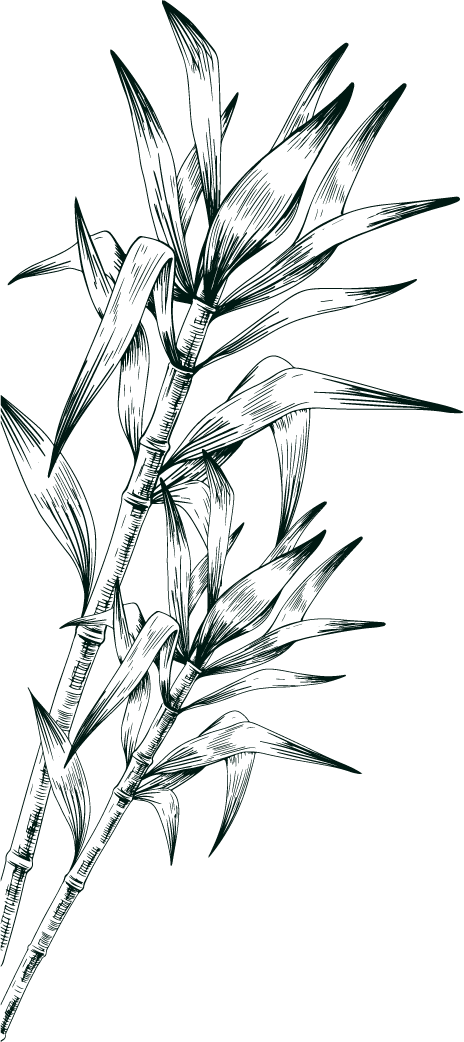Choosing your bottles
While preparing a rum tasting, the first reflex is to choose old rums. Excellent choice! Old rums, thanks to their aromatic complexity, are ideal for tasting sessions. Their notes will be highly detailed, from the nose to the palate, from start to finish. Select bottles of various ages and unique aging techniques.
Now that you have selected a few bottles of old rums, have you thought about white rums? They can also have interesting notes that can be revealed during a tasting session. In order to restore the prestige of white rums, we have developed a range specifically dedicated to tasting. It will be interesting to compare the two and experience their dualities, as well as how they complement one another.
Also, consider integrating a prestigious rum that you’ll reserve for the end of the tasting. We suggest our 10 Year Old Rum, or one of our limited edition rums.
Preparing for a rum tasting
Now, it’s time to think about logistics. A rum tasting will ideally take place in a calm and comfortable environment. Also, make sure that you’ve allotted enough time so that you’re not pressured by the ticking of the clock. Lastly, neutralize the olfactory environment as much as possible. The smells of cooking, tobacco and home fragrances are particularly undesirable. In terms of equipment, one glass per guest is enough. Preferably, choose a stemmed glass to avoid overheating the rum, and look for one with a high and narrow mouth. This will allow you to experience the aromas from the first nose, rather than allowing them to escape right away. Regarding the bottles, it’s best to store them at ambient temperature for a few hours preceding the tasting rather than keeping them refrigerated, because the cold will have an inhibiting effect on certain notes. This leads us to the topic of ice cubes and chilling stones: this is for you to decide, but keep in mind that the rum will not maintain its maximum aromatic potential.
Our last recommendation: go into it with as few assumptions as possible. It’s good to learn about the bottles, but reading the opinions and reviews of others’ experiences could alter your own perception.
The sight, the nose and the palate during the tasting service
A rum tasting is not just about the palate. Before ever reaching the palate, the eyes and the nose must make their contributions. Once poured into a glass, the rum can be analysed by the colour of its robe and the reflections it creates with the light. Then, we’ll observe the tears, also known as fingers or legs. To see them, simply tilt and swirl your glass between your fingers so that a bit of rum touches the sides of the glass. Long tears that flow down slowly indicate a high alcohol content. If they are large, they indicate a high level of fatty acids.
The nose allows us to observe the very first aromatic notes. Keep in mind that it takes approximately 6 minutes for the glass to completely fill with aromas. Start by holding the glass about 40 cm from your nose, then come gradually closer until you detect the first note. Stop, tilt the glass slightly, then tilt the glass even more. You can complete your olfactory exploration by sniffing the outer glass of the wall horizontally to detect the most subtle aromas.
Now the time has come to taste the rum. Take a small sip and allow it to cover the entire interior of the mouth. You can even talk while doing so, which will optimize the diffusion of the rum and increase salivation. This allows you to better perceive the aromatic notes. Finally, swallow the rum and appreciate its length and finish.
In what order should you taste your rum?
If you have selected several rums, it’s best to organize your tasting from the most powerful to the least powerful. The opposite order can quickly blur your sensory perception.
Also, remember to have water available so that you can rinse your palate between rums. A neutral mineral water is best.
DRINK ISAUTIER RESPONSIBLY


